In memoriam: Arata Isozaki (1931 – 2022)
The legendary Japanese architect Arata Isozaki dies on 29th December 2022; we celebrate his life and work
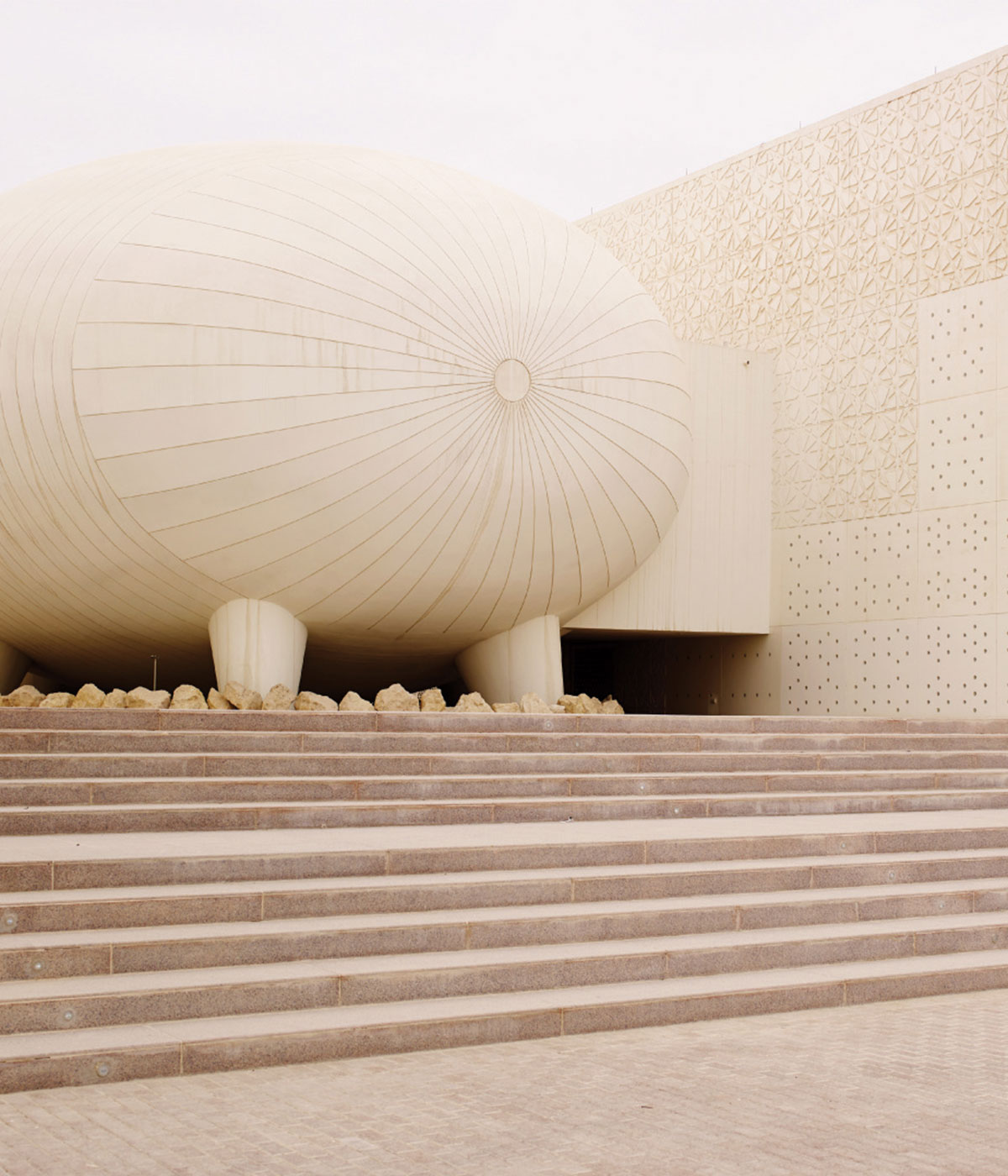
The Japanese architect Arata Isozaki has died at his home in Okinawa at the age of 91. Isozaki carved a unique path in the architecture field with his eye-catching designs, which blended postmodernism with metabolism. His work has been recognised globally through several accolades, including the 2019 Pritzker Prize – one of the industry’s highest honours.
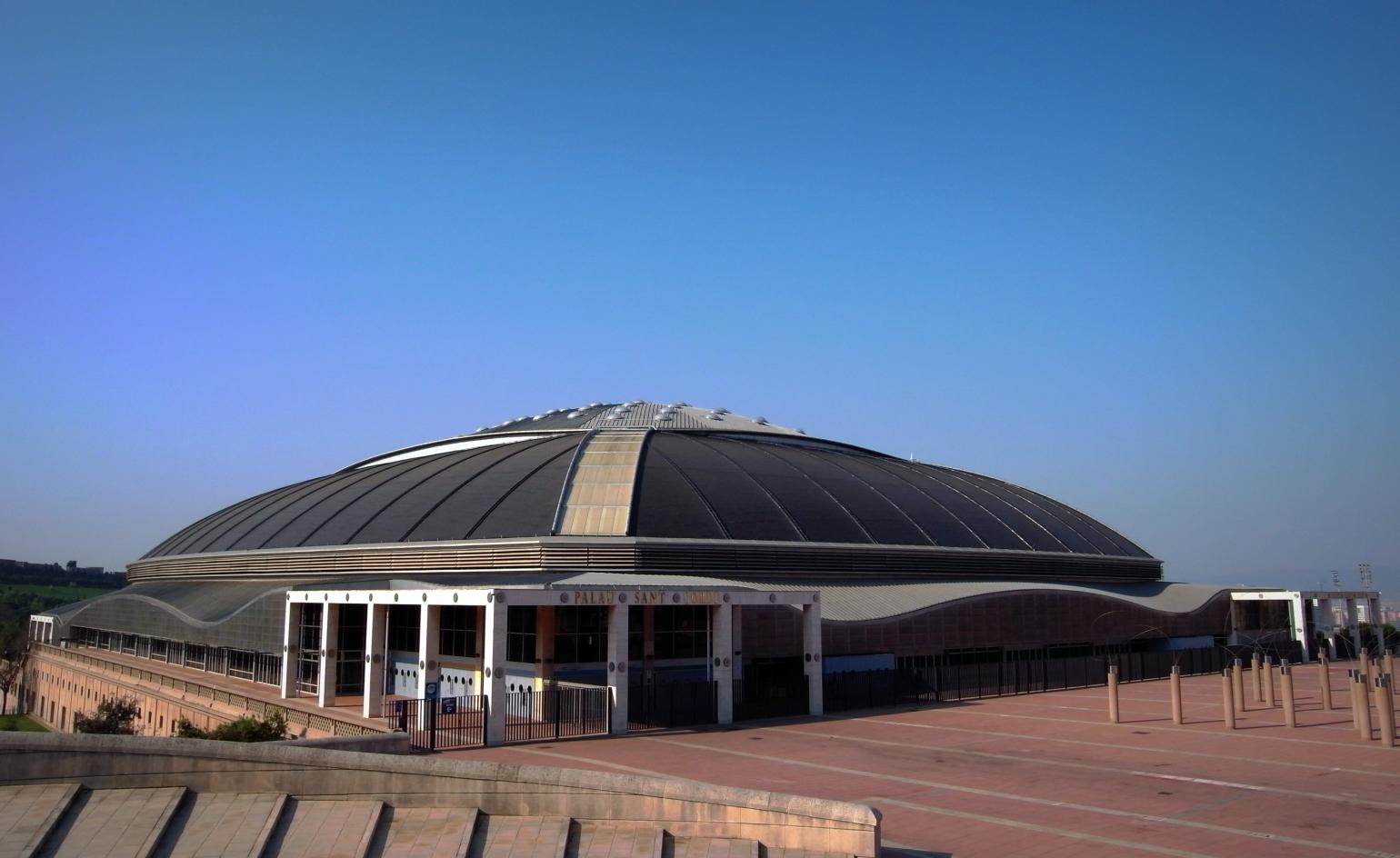
Palau Sant Jordi at Montjuic, Barcelona, Spain, 1990.
Arata Isozaki dies at the age of 91
Isozaki studied at the University of Tokyo. The Oita-born architect gained professional experience working under another famed architect and fellow countryman Kenzo Tange, who has been known for balancing modernist architecture and traditional Japanese styles. Isozaki then went on to set up his own studio, Arata Isozaki & Associates, in 1963. He also founded a branch of his practice in Italy in 2005 with Andrea Maffei, showcasing his admiration for travel and an approach that manages both site-specific and international influences.
‘I wanted to see the world through my own eyes, so I travelled around the globe at least ten times before I turned thirty. I wanted to feel the life of people in different places and visited extensively inside Japan, but also to the Islamic world, villages in the deep mountains of China, South East Asia, and metropolitan cities in the US. I was trying to find any opportunities to do so, and through this, I kept questioning, “What is architecture?”‘ has said Isozaki of his passions and explorations.
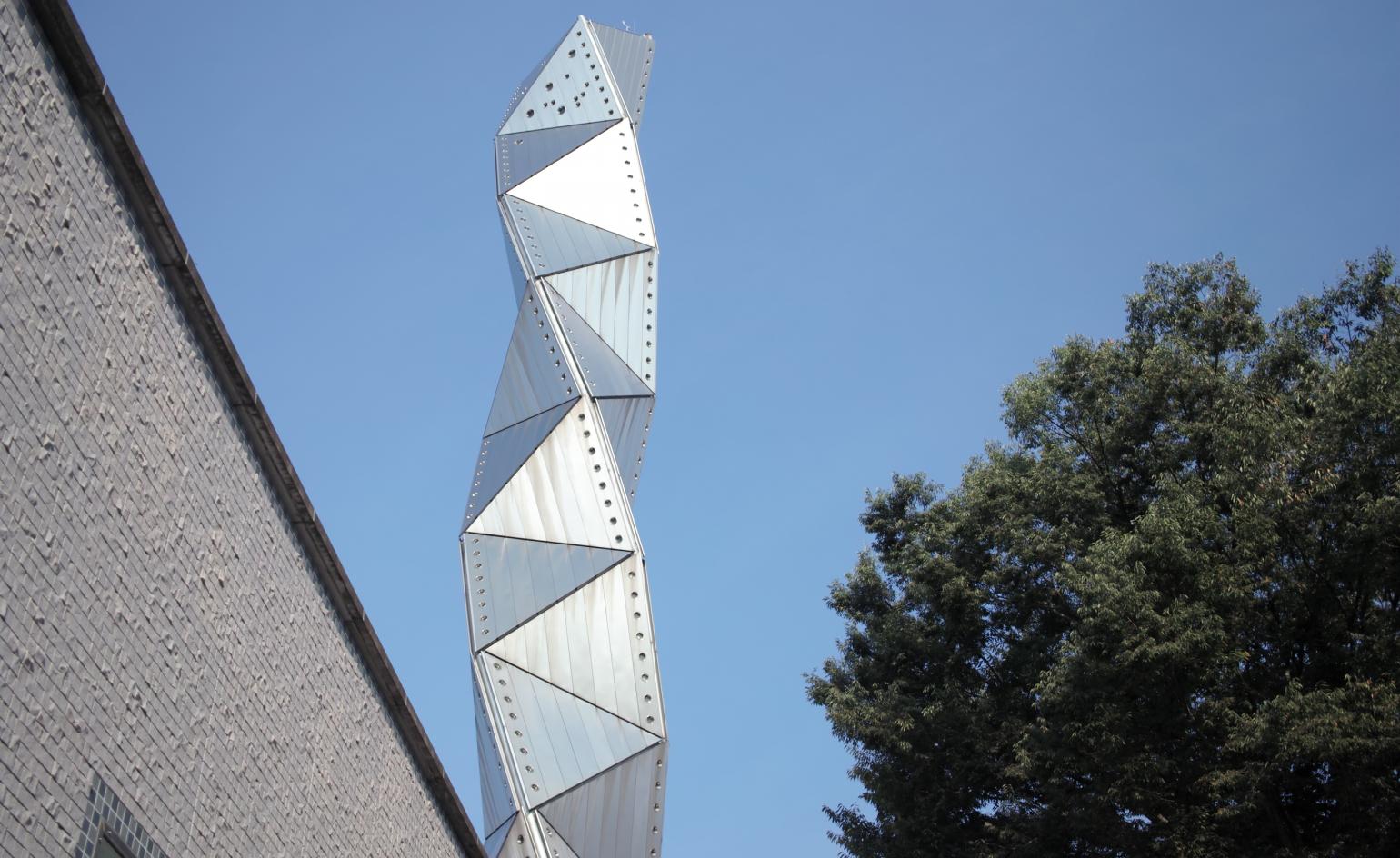
The Art Tower in Mito by Isozaki, Ibaraki, Japan, 1990
Among Isozaki's great works include the Ōita Prefectural Library, Japan (1966); the MOCA, Los Angeles (1986); the Palau Sant Jordi at Montjuic, Barcelona, Spain (1990); The Art Tower in Mito by Isozaki, Ibaraki, Japan (1990); the Kyoto Concert Hall (1995); the Shenzhen Cultural Centre (2007); and the Allianz Tower in Milan (which was completed in 2015 with his partner Andrea Maffei).
‘Extravagance for me is complete silence – nothing less,’ has said Isozaki in a film shown during the 2018 Venice Biennale. Integral to the late architectural legacy was the Japanese concept of ma – the void and time that lies between all things – which has had a profound influence on his work.
‘Isozaki was one of the first Japanese architects to build outside of Japan during a time when western civilizations traditionally influenced the East, making his architecture - which was distinctively influenced by his global citizenry - truly international. In a global world, architecture needs that communication,’ said Tom Pritzker, chairman of the Hyatt Foundation, on Isozaki's Prize win in 2019.
Receive our daily digest of inspiration, escapism and design stories from around the world direct to your inbox.
Ellie Stathaki is the Architecture & Environment Director at Wallpaper*. She trained as an architect at the Aristotle University of Thessaloniki in Greece and studied architectural history at the Bartlett in London. Now an established journalist, she has been a member of the Wallpaper* team since 2006, visiting buildings across the globe and interviewing leading architects such as Tadao Ando and Rem Koolhaas. Ellie has also taken part in judging panels, moderated events, curated shows and contributed in books, such as The Contemporary House (Thames & Hudson, 2018), Glenn Sestig Architecture Diary (2020) and House London (2022).
-
 Year in review: the shape of mobility to come in our list of the top 10 concept cars of 2025
Year in review: the shape of mobility to come in our list of the top 10 concept cars of 2025Concept cars remain hugely popular ways to stoke interest in innovation and future forms. Here are our ten best conceptual visions from 2025
-
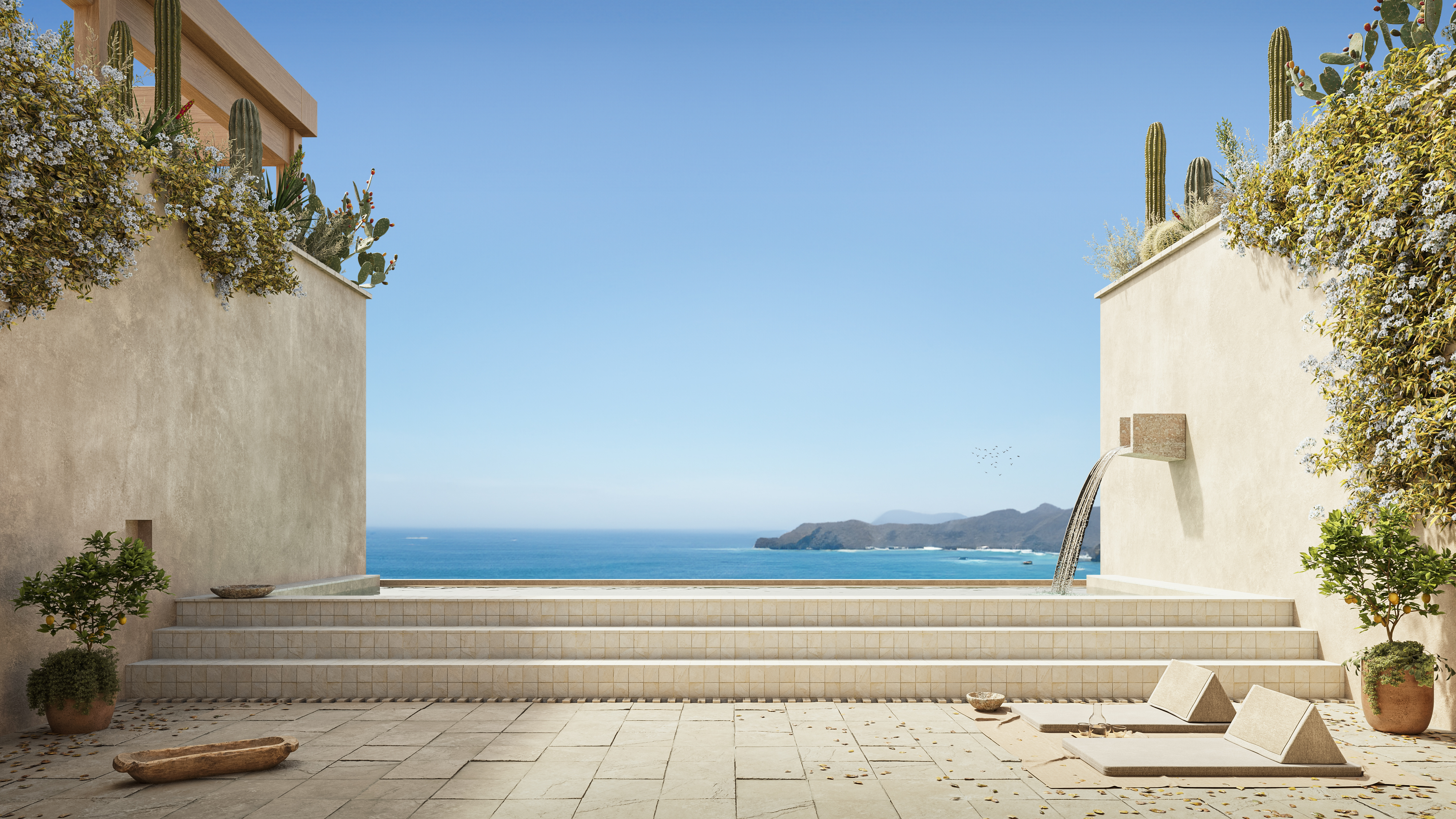 These Guadalajara architects mix modernism with traditional local materials and craft
These Guadalajara architects mix modernism with traditional local materials and craftGuadalajara architects Laura Barba and Luis Aurelio of Barbapiña Arquitectos design drawing on the past to imagine the future
-
 Robert Therrien's largest-ever museum show in Los Angeles is enduringly appealing
Robert Therrien's largest-ever museum show in Los Angeles is enduringly appealing'This is a Story' at The Broad unites 120 of Robert Therrien's sculptures, paintings and works on paper
-
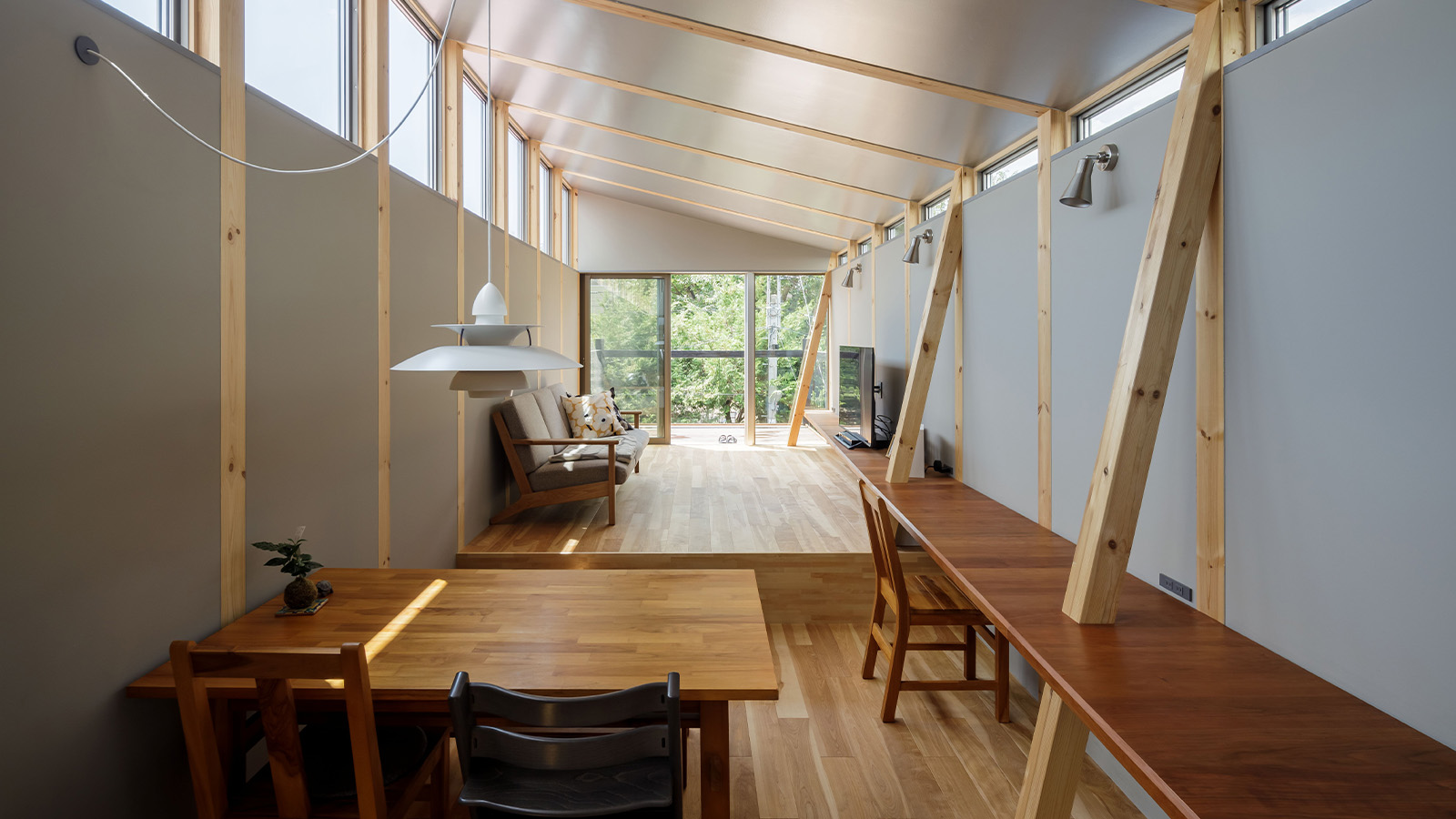 This Fukasawa house is a contemporary take on the traditional wooden architecture of Japan
This Fukasawa house is a contemporary take on the traditional wooden architecture of JapanDesigned by MIDW, a house nestled in the south-west Tokyo district features contrasting spaces united by the calming rhythm of structural timber beams
-
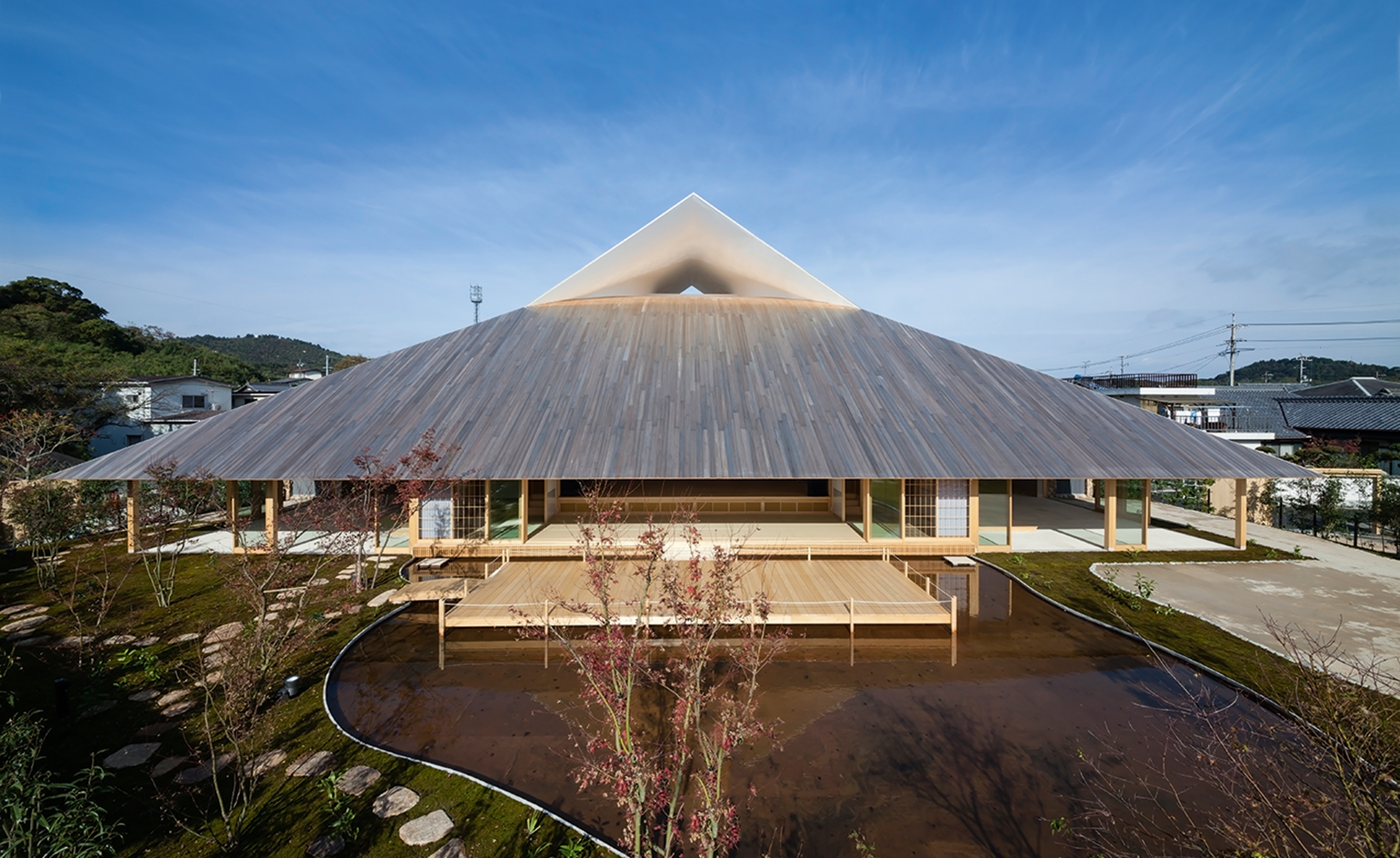 Take a tour of the 'architectural kingdom' of Japan
Take a tour of the 'architectural kingdom' of JapanJapan's Seto Inland Sea offers some of the finest architecture in the country – we tour its rich selection of contemporary buildings by some of the industry's biggest names
-
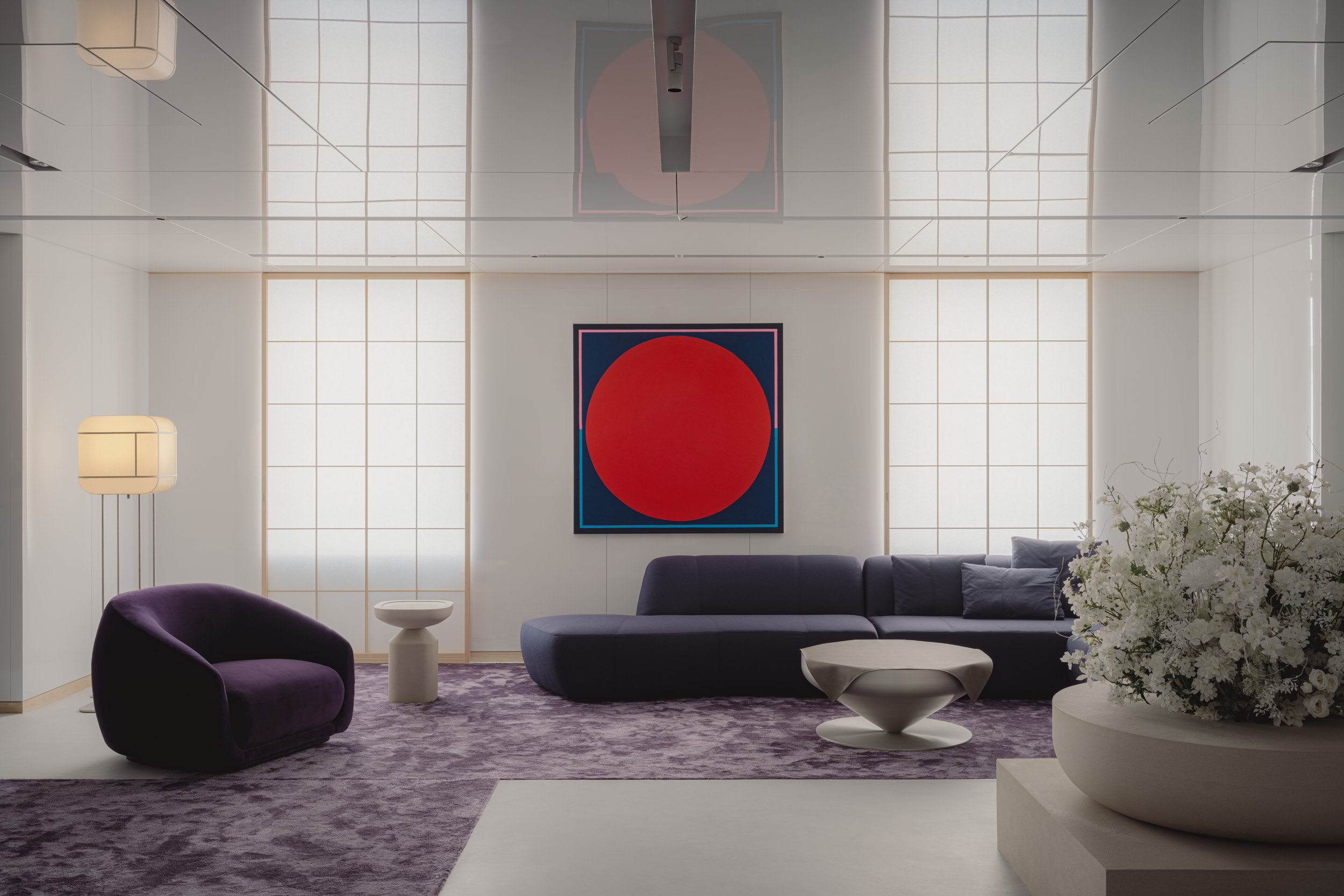 Matsuya Ginza lounge is a glossy haven at Tokyo’s century-old department store
Matsuya Ginza lounge is a glossy haven at Tokyo’s century-old department storeA new VIP lounge inside Tokyo’s Matsuya Ginza department store, designed by I-IN, balances modernity and elegance
-
 The Architecture Edit: Wallpaper’s houses of the month
The Architecture Edit: Wallpaper’s houses of the monthThis September, Wallpaper highlighted a striking mix of architecture – from iconic modernist homes newly up for sale to the dramatic transformation of a crumbling Scottish cottage. These are the projects that caught our eye
-
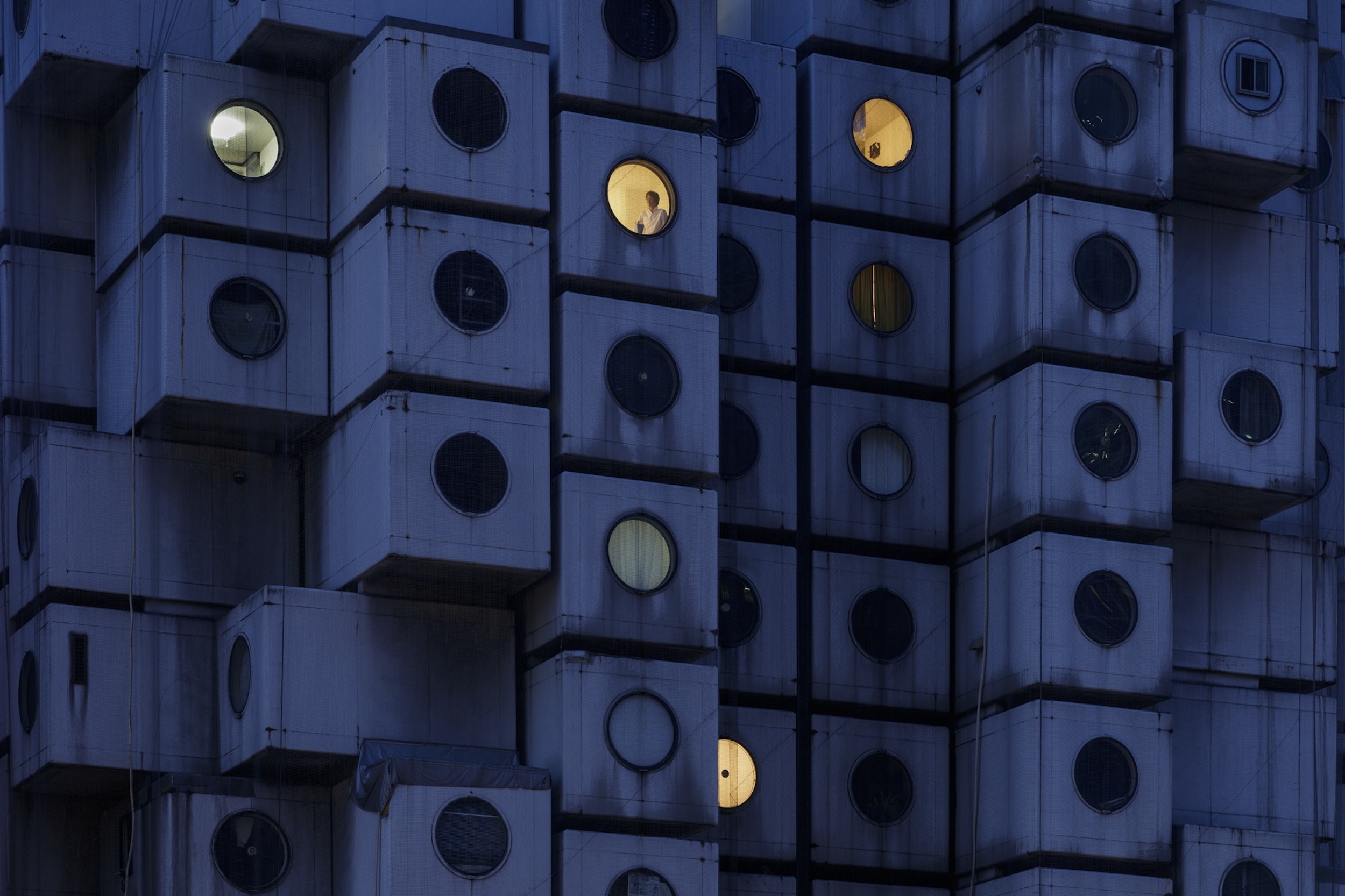 Utopian, modular, futuristic: was Japanese Metabolism architecture's raddest movement?
Utopian, modular, futuristic: was Japanese Metabolism architecture's raddest movement?We take a deep dive into Japanese Metabolism, the pioneering and relatively short-lived 20th-century architecture movement with a worldwide impact; explore our ultimate guide
-
 Honouring visionary landscape architect Kongjian Yu (1963-2025)
Honouring visionary landscape architect Kongjian Yu (1963-2025)Kongjian Yu, the renowned landscape architect and founder of Turenscape, has died; we honour the multi-award-winning creative’s life and work
-
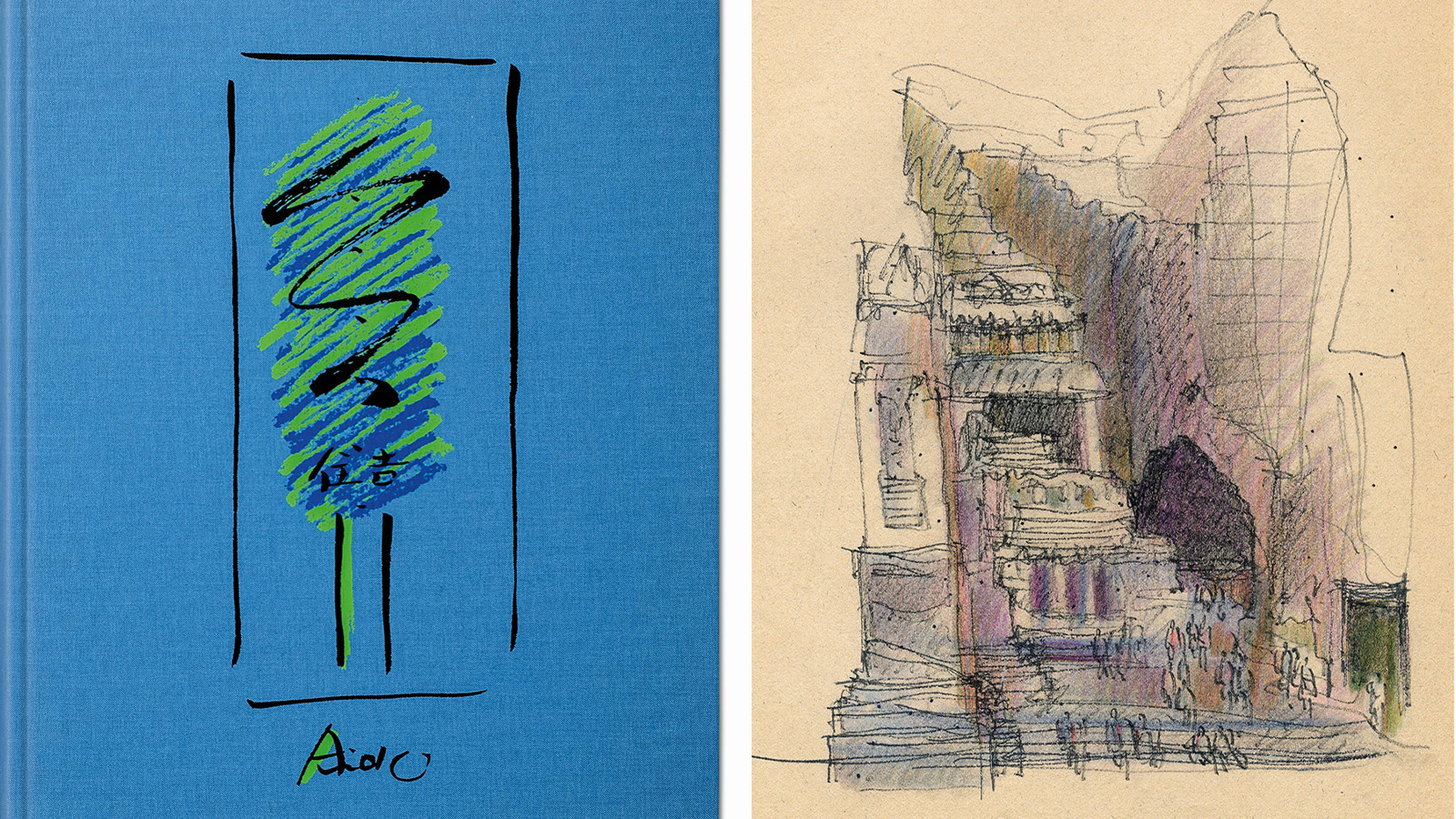 A new Tadao Ando monograph unveils the creative process guiding the architect's practice
A new Tadao Ando monograph unveils the creative process guiding the architect's practiceNew monograph ‘Tadao Ando. Sketches, Drawings, and Architecture’ by Taschen charts decades of creative work by the Japanese modernist master
-
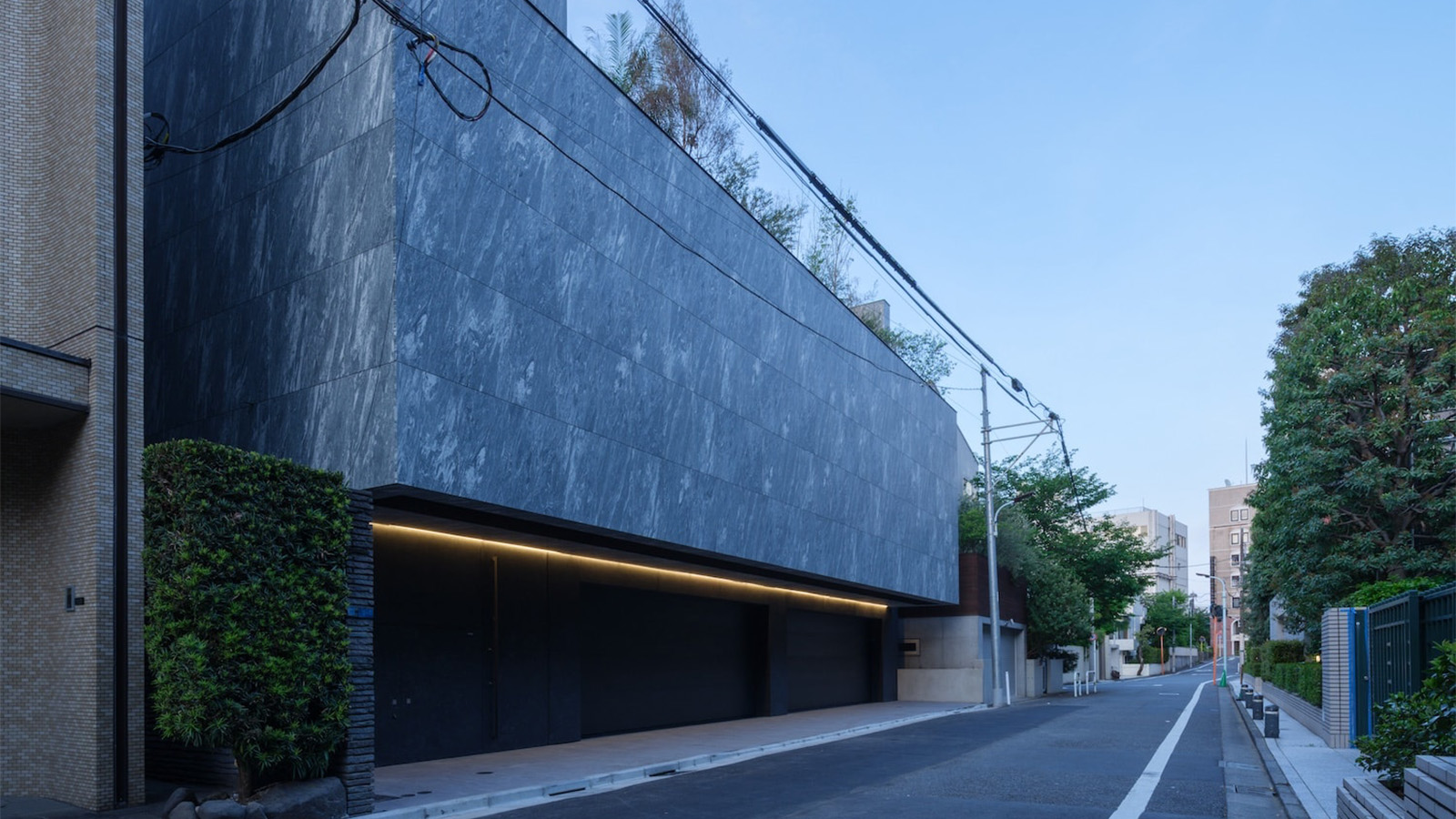 A Tokyo home’s mysterious, brutalist façade hides a secret urban retreat
A Tokyo home’s mysterious, brutalist façade hides a secret urban retreatDesigned by Apollo Architects, Tokyo home Stealth House evokes the feeling of a secluded resort, packaged up neatly into a private residence